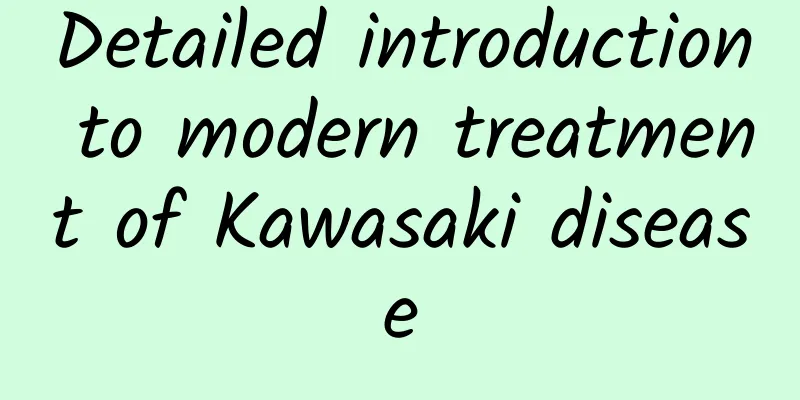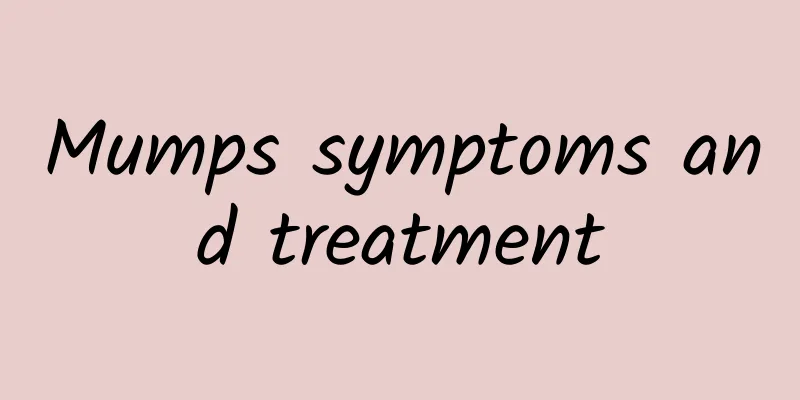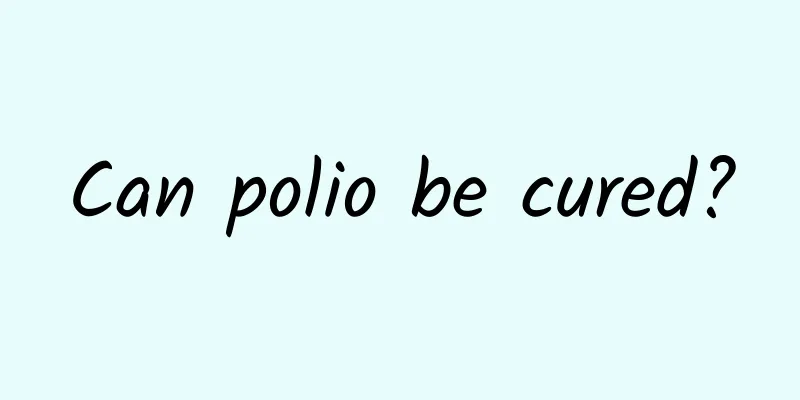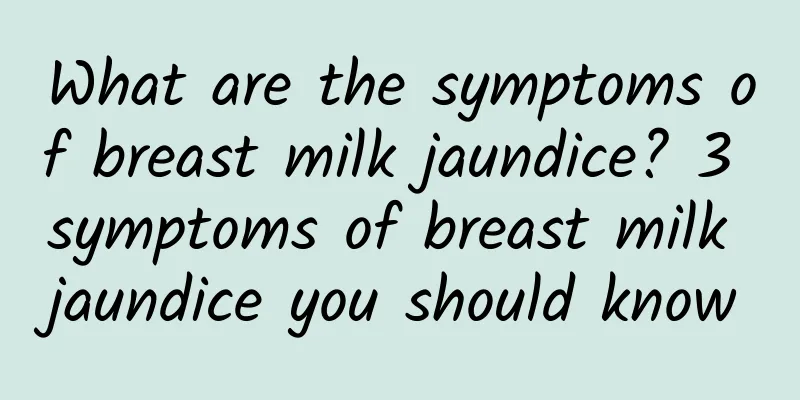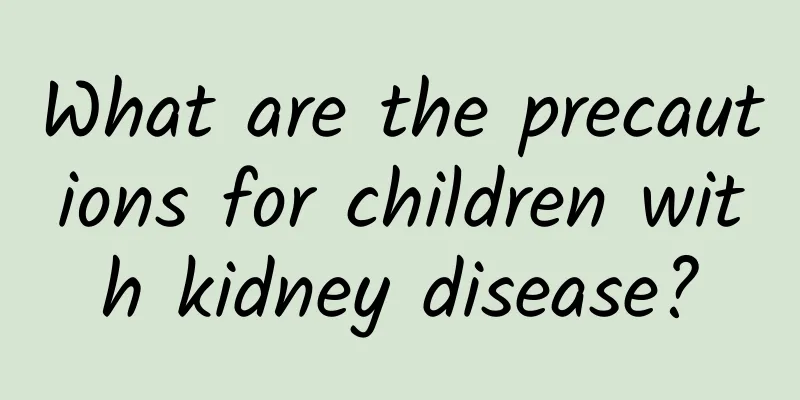Can Kawasaki disease be cured?
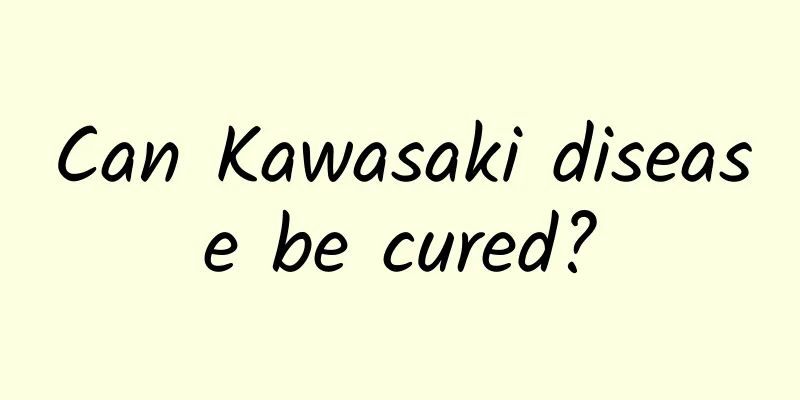
|
Kawasaki disease is a rare disease. So can it be cured? Most people probably don't know much about Kawasaki disease. Kawasaki disease, also known as mucocutaneous lymph node syndrome in children, is a rare pediatric disease whose cause is still unknown. Kawasaki disease can cause serious cardiovascular complications and has attracted people's attention. The incidence rate in untreated children is as high as 20% to 25%. Kawasaki disease was first reported by Japanese physician Tomisaku Kawasaki in 1967 and named after him. This disease is an acute febrile rash disease in children with systemic vasculitis as the main lesion. The high-risk age is infants and young children under 5 years old, more males than females, and it is rare in adults and children under 3 months old. Clinical manifestations may include fever, rash, non-purulent lymphadenopathy in the neck, conjunctival congestion, diffuse congestion of the oral mucosa, bayberry tongue, palmoplantar erythema, and hard edema of the hands and feet. If a child has Kawasaki disease, treatment should be started as soon as possible. The treatment is divided into two stages: acute phase and recovery phase. The acute phase is mainly based on anti-inflammatory and immunosuppressive treatment. The main drugs for treatment are: (1) Antipyretic and analgesic drugs: This type of drug has anti-inflammatory and anticoagulant effects and is the first choice for Kawasaki disease. (2) Immunoglobulin: Intravenous injection of large doses of immunoglobulin can significantly suppress the inflammatory response and excessive immune response of the disease within a few hours or more than ten hours, and can significantly reduce the occurrence of coronary artery lesions. It should be used within 10 days of the disease. (3) Others: Symptomatic and supportive treatment is provided based on the condition. Currently, there are reports on the clinical application of hormones and biological agents. However, their side effects cannot be ignored and their clinical application should be cautious. Coronary artery aneurysm is the most serious complication of Kawasaki disease. Most cases of Kawasaki disease have a good prognosis and can be cured through active treatment. Generally speaking, Kawasaki disease rarely recurs in the future, and the cardiac sequelae caused by Kawasaki disease can appear many years later, so it is necessary to have regular heart examinations. Kawasaki disease can generally be cured, but the problem is that it is easy to leave sequelae after the disease, causing coronary artery aneurysm, etc. The earlier the Kawasaki disease is treated, the less likely it is to leave sequelae. However, the symptoms at the beginning are similar to those of a cold, so parents should pay close attention if their children have a high fever for more than 5 days, and take their children to the hospital for examination as soon as possible. |
<<: How to do primary prevention of Kawasaki disease
Recommend
What are the best ways to prevent pneumonia in children?
Neonatal pneumonia is currently the most serious ...
How to prevent neonatal jaundice during pregnancy
However, good eating and living habits during pre...
What is malnutrition? What are the symptoms of malnutrition?
Malnutrition can cause patients to have difficult...
Is polio hereditary?
Polio is not directly inherited, but genetic fact...
How old is the hand, foot and mouth disease vaccine? How many shots are needed?
The hand, foot and mouth disease vaccine generall...
What kind of tea is good for hand, foot and mouth disease
What kind of tea is good for hand, foot and mouth...
Infant eczema can be divided into 3 stages. What are the differences in the symptoms of these 3 stages?
Different types of infantile eczema have differen...
Can children with diarrhea eat sesame paste
What are the dietary treatments for pediatric dia...
What are the tips for children to use cupping to relieve cough? What should be paid attention to when using cupping to relieve cough in children?
For children with coughing symptoms, cupping can ...
What is Tourette syndrome?
Tourette syndrome may sound unfamiliar, but it is...
Diagnosis of diarrhea in children
Diarrhea is a common phenomenon, so everyone is f...
Babies with allergic rhinitis are prone to coughing
Babies with allergic rhinitis are prone to coughi...
How to deal with neonatal jaundice quickly
Neonatal jaundice should be treated quickly, usua...
Is Hirschsprung's disease hereditary?
The occurrence of neonatal congenital megacolon i...
What medicine is good for children with pneumonia and bronchitis?
The choice of medicine for pneumonia and bronchit...
